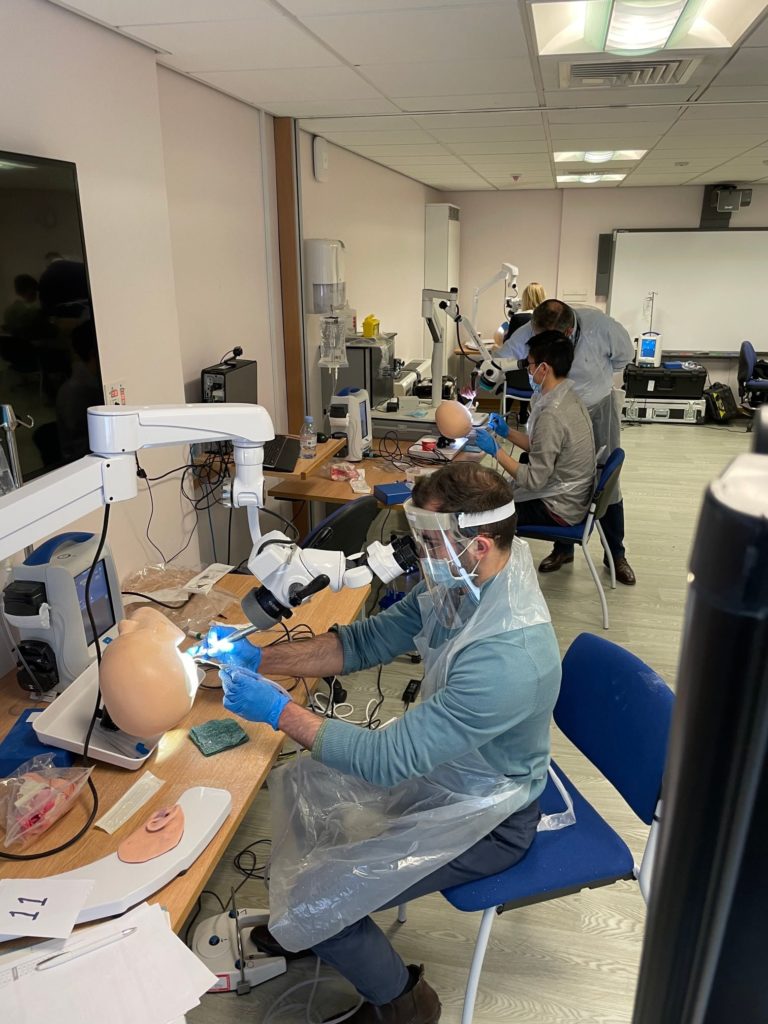
WEIGHT: 52 kg
Breast: Medium
1 HOUR:100$
Overnight: +90$
Sex services: Pole Dancing, Toys, Strap On, Travel Companion, Spanking
Back to Health A to Z. Osteopathy is a way of detecting, treating and preventing health problems by moving, stretching and massaging a person's muscles and joints. Osteopathy is based on the principle that the wellbeing of an individual depends on their bones, muscles, ligaments and connective tissue functioning smoothly together.
Osteopaths use physical manipulation, stretching and massage with the aim of:. Read about how osteopathy is performed. Most people who see an osteopath do so for help with conditions that affect the muscles, bones and joints, such as:. If you're pregnant, make sure you seek advice from a GP or midwife about your symptoms before you see an osteopath.

You should also make sure you see an osteopath who specialises in muscle or joint pain during pregnancy. Most research into techniques used in osteopathy tends to focus on general "manual therapy" techniques, such as spinal manipulation.
Manual therapy techniques are used by physiotherapists and chiropractors, as well as osteopaths. The National Institute for Health and Care Excellence NICE guidelines on managing lower back pain and sciatica recommend manual therapy alongside exercise as a treatment option. NICE also recommends manual therapy as a possible treatment option alongside exercise for hip and knee osteoarthritis, although osteopathy is not specifically mentioned.

There's some evidence to suggest that osteopathy may be effective for some types of neck, shoulder or lower-limb pain and some types of headache. There's only limited or no scientific evidence that it's an effective treatment for conditions unrelated to the bones and muscles musculoskeletal system , including:. Osteopathy is available in some areas on the NHS. Your GP or local integrated care board ICB should be able to tell you whether it's available in your area.
































